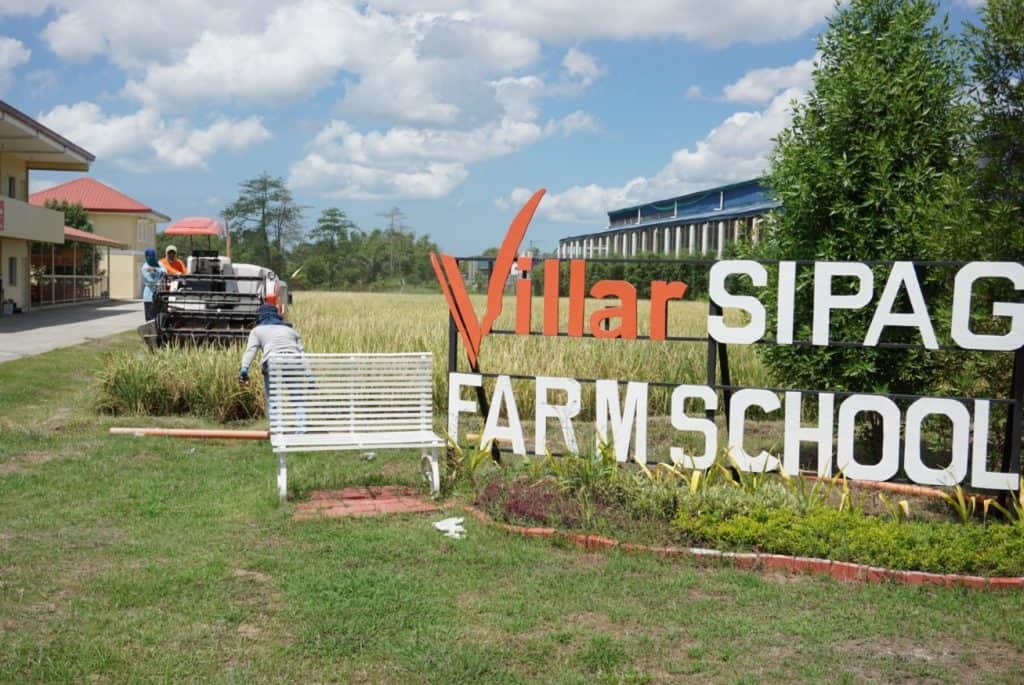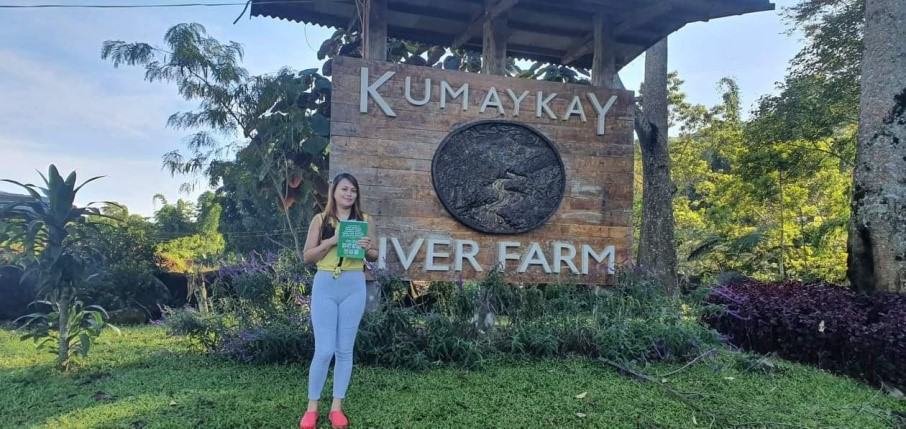
To date, there are 2,367 accredited farm schools all over the country that serve as learning sites for farmers and plant enthusiasts who are given the opportunity to train for free on the ways of modern farming.
Included in this roster are four farm schools operated by the Villar Social Institute for Poverty Alleviation and Governance (Villar SIPAG). Supported by Sen. Cynthia Villar, the Villar SIPAG Farm Schools have welcomed thousands of trainees and hosted hundreds of training sessions on agriculture-related courses for free.
The other farm schools in the country also offer training courses with thesupport of the Agricultural Training Institute (ATI) and the Technical Education and Skills Development Authority (TESDA).

“Our farm schools have a special role in our objective to make our farmers and fisherfolk competitive and profitable through training programs that will help them produce more and earn more with the help of modern technology,” Villar said.

The first Villar SIPAG Farm School opened in September 2015. It is located in a four-hectare lot within the boundary of Las Piñas City and Bacoor City, and is situated beside the Molino Dam.
The second farm school which opened in October 2016, sits in a four-hectare land in San Jose del Monte City, Bulacan.

Both schools have training areas, dormitories, farm houses, and kitchen areas. Also featured are vermi- composting facilities, kitchen waste composting facilities, greenhouse, spaces for livestock production and aquaculture, and a cacao plantation under coconut trees.

Before the pandemic, a training program on agri-crops production was held in both farms three times a year. The three-month course has 12 sessions and has about 200 participants per batch. The culmination of the program was marked by simple graduation rites and a harvest festival.

Conducted in partnership with the East West Seeds Foundation, the agri-crops training program continues in the new normal with modification to properly observe the needed health protocols. For now, only 20 participants are accommodated and young people, the elderly, and those with health issues are discouraged from participating in the program.
The Las Piñas farm school caters to farmers from the National Capital Region, Cavite, Laguna, Batangas, Rizal, Quezon, and Bicol region while the Bulacan farm caters to farmers in Northern and Central Luzon and the Cordillera Autonomous Region.

Villar also built farm schools in San Miguel, Iloilo and in Davao to cater to farmers in Visayas and in Mindanao.
The Iloilo farm school opened in January this year with the program training of trainers on production of high-quality inbred rice seeds and farm mechanization. The trainees were 30 farmers from the provinces of Iloilo, Capiz, Negros, Aklan, and Antique.

The farm school is specifically for training the trainers on new farming technology where the graduates are expected to train farmers back in their respective towns.

The Villar SIPAG farm schools give free training opportunities to farmers in cooperation with other agencies such as the Farm Business School with the ATI; Rice Seeds Production and Mechanization with PhilRice and PhilMech; Aquaculture Production with the Bureau of Fisheries and Aquatic Resources; Livestock Production with the Bureau of Animal Industry; and cacao production intercropping with coconut with the Philippine Coconut Authority.

The growth of farm schools all over the country was attributed to two pieces of legislation that Villar principally authored: Republic Act 10816 or the Farm Tourism Development Act of 2016, which encourages the conversion of farms into tourist farms and learning sites; and Republic Act 11203 or the law that created the P10-billion Rice Competitiveness Enhancement Fund which mandated a special role for farm schools as venues of extension services program.


Villar recently released the fifth edition of the “Directory of Farm Schools, Tourist Farms, and Learning Sites in the Philippines,” which lists 2,367 sites from all 17 regions. The first edition of the book contains 386 farms.
#realestateblogph | #realestateblogphpropertynews | #REBPH
Article and Photo originally posted by Manila Bulletin last September 14, 2020 4:22pm.







More Stories
Vista Land Celebrates 50 Years with Sandiwa: An Event Honoring Leadership, Legacy, and the Filipino Dream of Homeownership
Vista Land Celebrates Love Month in Ilocos Region
Vista Land Bridges Cebuano Heritage and Progress with Valencia by Vista Estates